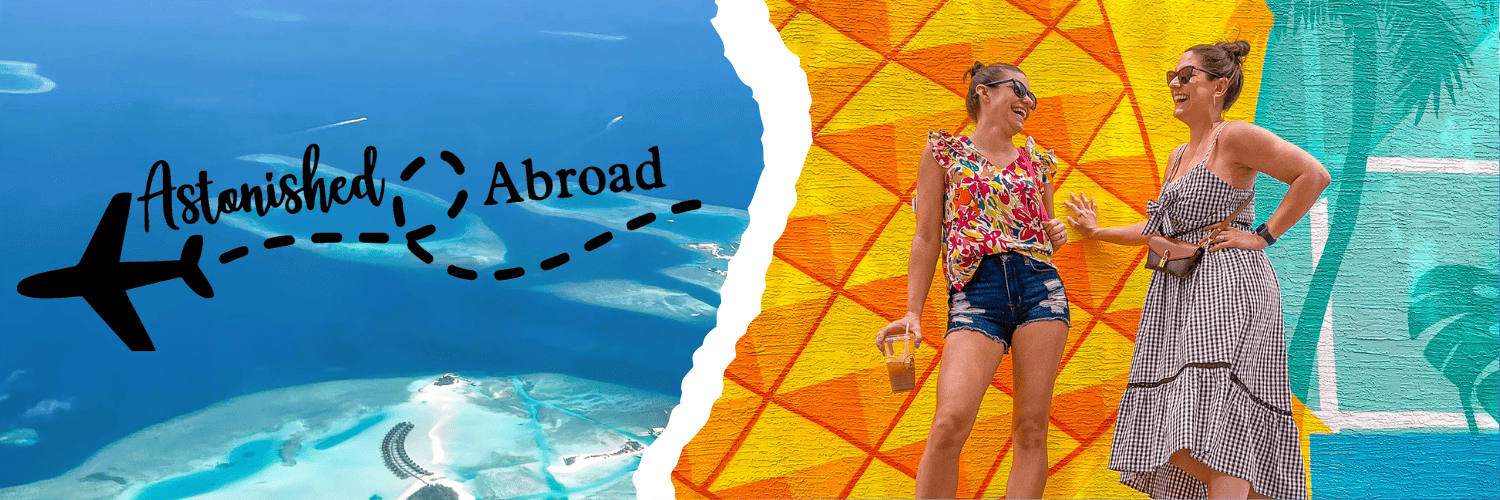
Chichén Itzá is one of the ‘New 7 Wonders of the World’ and rightfully so. It is a magnificent archaeological site built between 550 AD and 800 AD. It is an amazing site to see, and one that an ancient civilization was able to build without the help of modern-day technologies. Chichén Itzá happens to have both fascinating and dark history.
The Maya People and The City of Chichén Itzá
The ancient Maya people were a group of indigenous people in Mesoamerica, which literally translates to “middle America”. They were very religious and regarded the sun as one of the most important aspects of their religion. They believed that the sun was a god that gave life to their people, and they needed to please their gods.
Chichén Itzá is a city that was built by the Maya people and located in the Yucatán Peninsula of Mexico. It was one of the largest Maya cities and became a central figure in the political and economic life of the Maya people. It is said that these people would come to Chichén Itzá as a sort of pilgrimage. By taking these pilgrimages they were not only pleasing the gods, but they were also earning the respect of their villages.
Chichén Itzá has many structures on the roughly 2 square miles of the core structure of the city. Some of these structures are now partial or complete ruins while others have been preserved or restored. These structures include a pyramid, ball courts, temples, and platforms.
The Temple of Kukulkan or El Castillo
The most exciting part of going to Chichén Itzá is seeing the pyramid, also known as The Temple of Kukulkan or El Castillo. Kukulkan was the feathered serpent deity of the Maya people. He is said to be the most important of the gods, however not much is known about Kukulkan and his abilities as a god.

The Temple of Kukulkan that you see today is the third pyramid that stands in its place. I don’t mean that there were two other pyramids there before The Temple of Kukulkan, I mean there are two other pyramids inside of the Temple of Kukulkan. It is said that after the passing of each Mayan decade, they would build a new pyramid to surround the old one. Although you cannot climb the pyramid anymore, it is pretty cool to know how much thought and time went into these structures.
The pyramid has two fascinating features that show how skilled the Maya people were in mathematics, astronomy, and acoustics. Unfortunately, the first feature can only be seen during the Spring and Autumn equinoxes. The Maya people were very precise when it came to their calendar and the proximity of the sun. They were able to build the pyramid in just the right spot to create a shadow that looks like a snake descending the pyramid during the equinoxes. The second feature was one of acoustic splendor that you can hear any time of the day or year. If you are on a tour your guide will show you exactly what I’m talking about. Standing next to the pyramid you can clap, and the sound will echo in what sounds like that of the Quetzal bird. This echo is caused by the position of the surrounding buildings and the shape of the actual pyramid. Pretty neat features for a civilization that created their own calendar and didn’t have modern machinery to build these structures.
The Great Ball Court
The second structure we saw was that of The Great Ball Court, the largest of its kind in Mesoamerica. The ball courts feature two parallel walls that have rings at the top of the wall. The players would hit the ball with their elbows, hips, or knees in hopes that the ball would go through the ring. At the ends of the court are temples where the Mayan King and other important people would observe the game.

This ball court also has some interesting acoustics. A whisper can be heard some 500 feet away from one temple to the other. This acoustic phenomenon has yet to be explained. You can also clap inside the ball court, and it will produce multiple loud echoes from that clap. I’m unsure what if anything this had to do with the game itself but is fascinating to see in person.
Dark History of the Maya People
Sacrificial rituals were important to the Maya people. Certain deaths were seen as prestigious, some of these being that of the players from the ball game. They believed that sacrificial rituals rejuvenated the gods and in turn, the gods would give them rain, prosperity, and good luck. The Maya people valued life and believed in an afterlife; therefore, they did not see death as the end. They regarded sacrifice as an honor.

Some of the sacrificial rituals were done by throwing the human sacrifice into the Sacred Cenote or Cenote Sagrada. Cenotes were seen as a portal to the underworld so it makes sense as to why they made sacrifices here. The Sacred Cenote was dredged in the 1990s. They found materials such as gold, copper, quartz, rubber, and skeletal remains according to the plaque found near the cenote. The bones found in the Sacred Cenote had marks on them, indicating that the human sacrifice was killed prior to being thrown in the cenote.

Above you will see a photo of the Tzompantli or Skull Platform from Chichén Itzá. A Tzompantli was traditionally a wooden rack where Mesoamerican civilizations would display the skulls of their war prisoners and sacrificed people. At Chichén Itzá you can still see the stone Tzompantli that depicts the skulls as carvings instead of actual skulls. These skull racks were a reminder of the power the civilization held.
Chichén Itzá
Chichén Itzá is one of my favorite historical destinations I’ve been to in my travels. I loved learning about the history and the Maya people while I was there. I’ve continued to learn and research since seeing Chichén Itzá. There is so much to learn, and I hope this makes you want to visit Chichén Itzá as well.
If you’ve been to Chichén Itzá I’d love to know what your favorite part was in the comments.
Tips for Touring Chichén Itzá
- Book ahead through your resort or a tour company. By doing this you will be able to jump ahead of the queue of people waiting for tickets.
- Bring sunscreen and water, there is not very much shade as you walk around the pyramid and other structures. You’ll get a little reprieve from the sun as you walk to the Sacred Cenote.
- If you are very concerned about the sun, there are lots of people walking around with parasols or umbrellas. Don’t let the heat and the sun be the reason why you miss out on this experience.
- Wear comfortable footwear, you’ll do a bit of walking to see all the sites at Chichén Itzá. You are also mostly walking through grass, dirt, and gravel. Tennis shoes are perfectly fine.
- If you plan on buying from the vendors along the path to the Sacred Cenote, they are willing to negotiate with you. If you are like me, sometimes you just have to have a souvenir.





